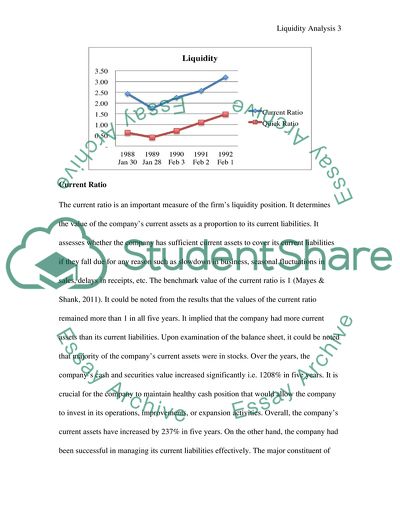Analysing the liquidity of Starren PLC (trend analysis) Essay. https://studentshare.org/finance-accounting/1863326-analysing-the-liquidity-of-starren-plc-trend-analysis
Analysing the Liquidity of Starren PLC (trend Analysis) Essay. https://studentshare.org/finance-accounting/1863326-analysing-the-liquidity-of-starren-plc-trend-analysis.


